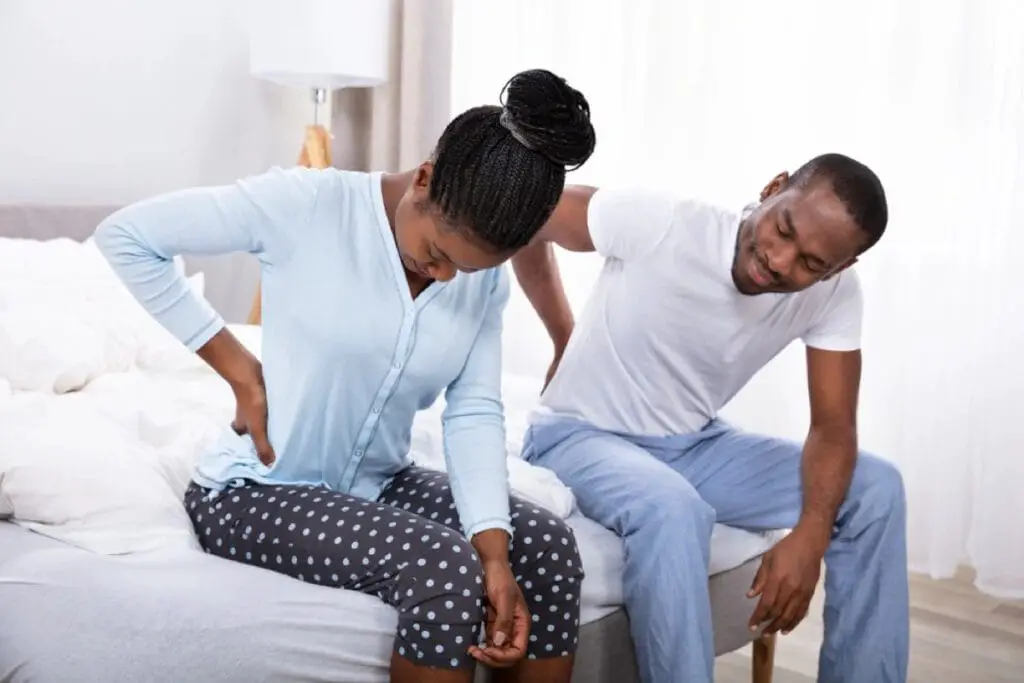


Gender bias is a prevalent issue that manifests in different aspects of one’s life. It refers to a preference for one gender over another, often based on prejudices and stereotypes. Although it harms everyone, gender biases most severely affect women and other marginalized genders.
This may be traced back to historic times when people have used biological differences between the sexes to carry on gender stereotypes, including the idea that women are not as smart as men because of differences in brain size. Gender biases impose negative impacts on different life aspects, including unequal treatment at work or even at home, among others.
In a recent study published by the Journal of Pain, the researchers suggested gender biases in the medical system may affect the diagnosis and treatment of certain health conditions, particularly pain. The researchers found that a patient’s pain responses may be perceived differently by others based on gender. To take a deeper look into this topic, we will summarize some of the study’s most important findings.
Men and women are the main research subjects on gender prejudice in healthcare. It reveals how gender prejudice hinders medical diagnostics’ quickness, precision, and efficacy. People of any gender can be impacted by gender bias in healthcare, but women are most severely affected.
The perceived sex of someone in pain affects how painful others see them. Understanding differences in pain evaluation and treatment between clinical and lay settings requires understanding gender biases, specifically the propensity to categorize women as being in less or greater pain than males for a given degree of pain self-report and expressiveness.
Numerous studies indicate that, in contrast to males, women frequently attribute psychological rather than physical causes to their discomfort. Thus, medical professionals frequently advise women to seek psychological pain management rather than analgesic medication.
However, laboratory findings on sex bias in pain estimates have been conflicting, despite the evidence showing that the pain of female patients is underestimated and undertreated. The researchers sought to resolve conflicting results about gender biases in pain estimates and comprehend their underlying mechanisms by building on earlier studies.
There were two experiments done for the study. In the first, 50 participants were instructed to watch videos of male and female patients with and without shoulder injuries engaging in range-of-motion exercises. Researchers took the recordings from a database of real shoulder injury patients, each seen in various states of discomfort. Patients’ self-reported shoulder mobility discomfort was recorded in the database.
The Facial Action Coding Technique (FACS), a thorough, anatomically based system for describing all visually observable facial motions, was also used to examine the patients’ facial expressions. To generate an objective score of the severity of the patient’s pain facial expressions, the researchers employed these FACS values in a calculation. The researchers might use this as a second source of truth as they examine the data.
On a scale from zero, denoted as “absolutely no pain,” to 100, denoted as “worst pain possible,” the study participants were asked to estimate the level of discomfort they believed the patients in the movies experienced.
Researchers repeated the first section of this investigation with 200 individuals in the second trial. The Gender Role Expectation of Pain questionnaire, which assesses gender-related stereotypes about pain sensitivity, endurance, and willingness to report pain, was given to perceivers after watching the films.
Perceivers also discussed which therapies they thought would be more successful in treating each patient and the dosage of medication and psychotherapy they would recommend for each patient.
The researchers analyzed the participant’s responses to the videos compared to the patient’s self-reported pain level and facial expression intensity data. Overall, the study found the following findings:
Together, these data imply that pain in women is underestimated relative to pain in males, that psychotherapy is considered more effective for treating women’s pain, and that pain-related prejudices held by perceivers may cause these pain estimates and treatment biases.
The researchers hypothesize that the stereotype that women are more expressive than males may be the fundamental cause of these biases in pain estimate. In turn, perceivers may become accustomed to seeing more frequent or intense pain expressions in females, leading them to attribute less suffering to those expressions.
Men, on the other hand, are viewed as stoic. Thus, when a man exhibits a facial expression of tremendous suffering, observers frequently assume that they are actually in great pain. Due to the gender stereotype around how people show their pain, a man’s pain experience increases more significantly with each unit of enhanced pain expression than a woman’s.
The study indicates gender bias in pain assessment and suggestions for pain management. Women’s pain is frequently perceived as less severe and more amenable to psychotherapy than men’s pain, and gender role preconceptions regarding people’s willingness to admit pain may have contributed to this bias. According to these findings, gender biases in pain assessment may be a barrier to effective pain management, and experimental methods for defining biases may help guide the creation of interventions to lessen them.
Zhang, L., Losin, E. A., Ashar, Y. K., Koban, L., & Wager, T. D. (2021). Gender biases in estimation of others’ pain. The Journal of Pain, 22(9), 1048–1059. https://doi.org/10.1016/j.jpain.2021.03.001